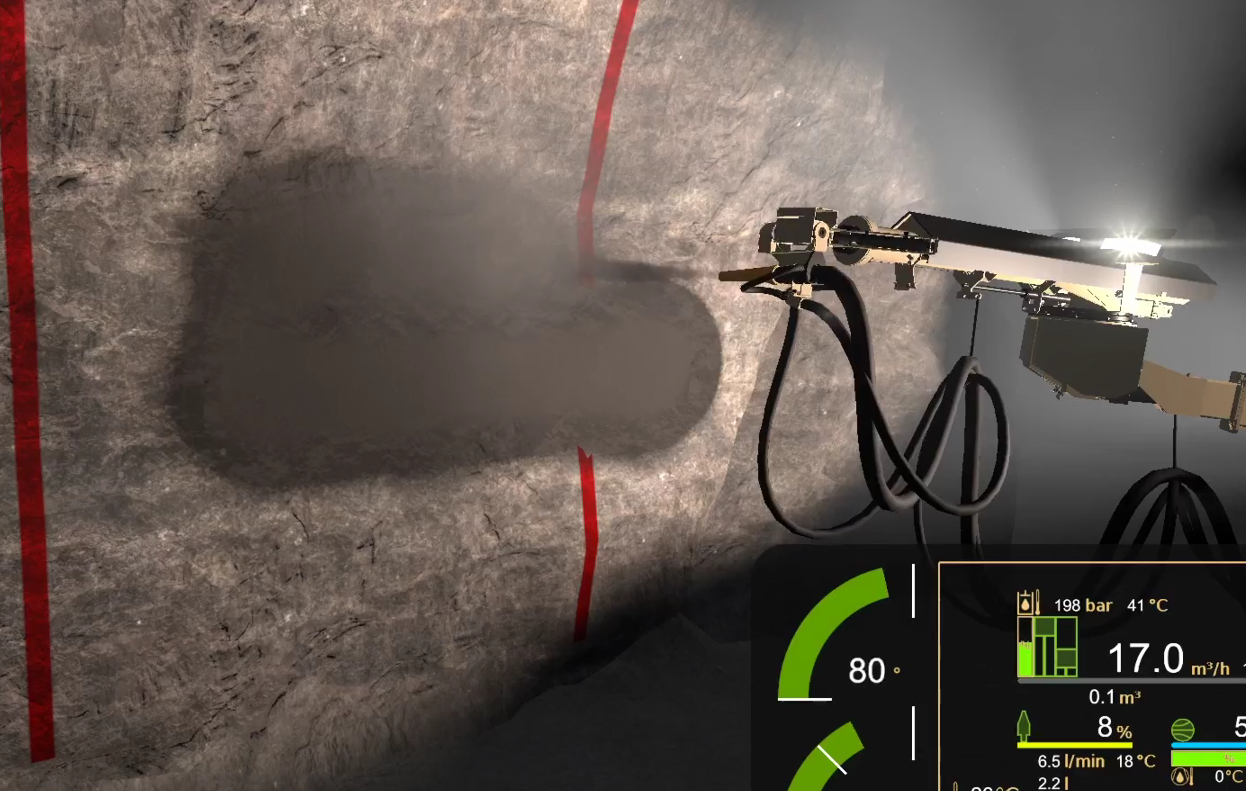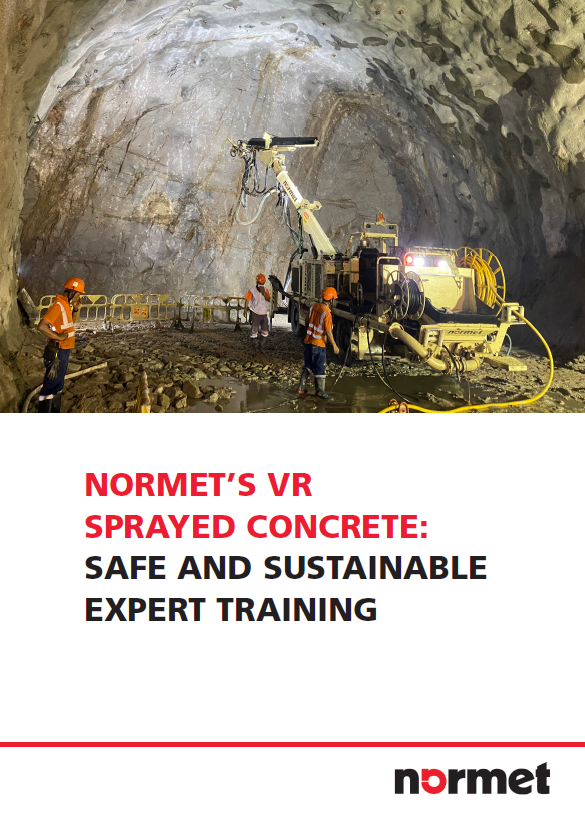
The mining industry is incredibly dangerous, even in the modern world. As excavations explore deeper underground, risks to miner safety increase from poisonous gases, extreme heat and geological instabilities that can lead to cave-ins. Operating heavy and complex equipment in a high-stakes environment adds to the risk of accidents. So, it’s not surprising that safety technologies have become a high priority for investment across mining companies.
A survey of 138 mines conducted between December 2021 and February 2022 by GlobalData analysts found collision avoidance, fatigue detection and remote-control vehicle technology ranked top as the focus for investment to over the next two years – and, compared to previous years, significantly more companies said they would be investing in these safety-related technologies which will improve productivity as well as mitigating the risk of accidents.
Using VR for training
Training is one critical area where new technologies like AI, sensors, machine vision and 5G can improve the skills of mining specialists before they handle the machinery in a live environment. GlobalData mining analysts suggest the combination of remote monitoring of on-site risks and immersive training of new inexperienced hires can directly reduce on-site injury and fatality.
“Virtual learning and augmented reality learning programmes are the future of training in the mining sector,” says Harri Sonninen, a global product manager at Finland-based mining equipment innovator Normet. “Simulations provide trainee operators with the opportunity to experience equipment in a realistic virtual setting without putting themselves at risk, damaging equipment or using expensive resources.
“Additionally, VR training has the benefit of offering continual performance feedback and the ability to record the session for later evaluation and provide clearly reported data from training.”
He adds: “We’ve been building our training simulators since 2010, before the market was even ready, so we’re fully prepared for the requests that have started coming in recent years. Most other companies involved in VR training are software companies; no one else is implementing full-scale 3D digital twin technology into simulators like we have been. There is a massive difference between simulators using copy layouts and our digital twin simulators, which are exact digital representations of our physical machinery.
“Introducing VR training to the mining sector and making it a safer industry has become one of our main drivers.”
Making history
To date, Normet has focused its VR simulator training on its sprayed concrete operators, which was developed in conjunction with EFNARC, the international association of Experts for Specialised Construction and Concrete Systems to comply with tightening standards and safety requirements since 1989.
“Concrete spraying is a unique process as it is both equipment and material intensive, and requires high manual skill levels. Additionally, material consumption is not constant, and not fixed to the theoretical amount to be sprayed. It varies depending on a range of factors, including rock surface quality and corrugation, the required layer thickness, concrete mix quality and properties, equipment, ambient conditions, operator skill level and alertness, and more.
Concrete makes up about one-third of the total costs of sprayed concrete structures, and the rest of the costs depend on the amount sprayed, how efficiently equipment is being used and other factors. Everything needs to be done to get the concrete usage to the optimal level to improve safety, environmental impact, and cost efficiency throughout the process. “Normet is in a unique position to offer training tools for each part of that process,” says Sonninen.
In another historic first, this year will see Normet launch a new system for its scaling equipment into the market.
“The scaling VR simulator allows our customers to understand how to manoeuvre when loose rocks are falling and learn systematic scaling control which can cause a huge potential safety risk in real life, if done incorrectly .” Next year the company says there will be more simulator launches focused on customer training demand.
The power of digital twin technology in mining
The mining industry is notorious for being risk averse and slow to adopt new technologies, but the growing focus on environmental, social, and governance (ESG) and imperative to improve safety underground is spurring on a change in mindset in the sector.
According to 2022 GlobalData report, Augmented Reality in Mining, enterprise uses of AR will contribute to 65% of AR revenue by 2030, by which time GlobalData analysts project revenue from AR will top US $150 billion. In 2020, The global AR market was worth $7 billion. This indicates a major shift in the way that industries, including mining, will operate over the coming years.
This is evidenced also in GlobalData’s Company Filing Analytics which show an upward trend in mining companies talking about AR in their earnings reports. The number of VR and AR-related mentions expanded fourfold between 2016 and 2021.
Using digital twin technology for R&D and immersive training is in the very early stages, according to Normet but this is an exciting area which will aid safer experimentation and innovation in mining.
A digital twin is a 3D virtual model of a physical object or group of objects. Digital twins of cities are being created. They use real-time data from sensors on the object to simulate its behaviour. The technology can help to detect, prevent, predict, and optimise the physical environment through the use of artificial intelligence (AI), real-time analytics, visualisation, and simulation tools.
Conceptually digital twins have been around for years, but their adoption in the real world is still relatively new and some industries are further advanced than others. Mining is one of the laggards. Yet Normet is ahead of the curve.
“We have plenty of digital twins of our equipment, which we have developed over a number of years,” Sonninen explains. “We’re focusing on this technology more and more as part of our equipment research and development. Digital twin technology provides a huge amount of R&D data, which allows us to fail faster and implement corrections that make our equipment safer and productive for our customers.
“3D digital twin components can test mechanical aspects, automated functions like boom movements, and user interface before we produce any physical hardware. Digital twin technology reduces development costs because it is faster and more efficient and helps mining companies take a big step in creating safer workspaces for their employees,” Sonninen says, adding: “The whole operational process can be built in digital twin format.”
With R&D digital twins already in place for Normet’s equipment, the company is ahead of the game when it comes to developing VR training simulations and XR solutions.



